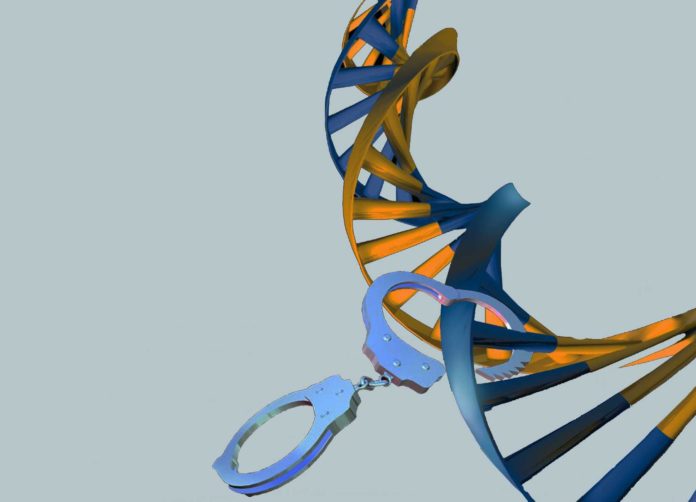Showing a picture of Casey Anthony and OJ Simpson, law professor from Duquesne University Dr. John Rago asked the crowd what their thoughts were toward the individuals.
“I think I know what your thoughts are,” Rago said. “You’re probably upset because these two were called not guilty for crimes they probably actually did commit. But we shouldn’t be upset about them. We should be upset about these people.”
Rago pulled up the next slide, which portrayed the faces of 302 people exonerated for crimes they did not commit.
Of the 302 individuals exonerated, 188 were African American, 86 Caucasian, 21 Latinos, two Asian, and 15 were unknown.
As a professor of law at Duquesne University, Rago also serves as a chairperson of the 51-member statewide committee formed by the Pennsylvania State Senate to study wrongful convictions under the auspices of the Joint State Government Commission.
His presentation, entitled “Reconciling Truth and Freedom of the Criminal Justice System and the Phenomenon of Wrongful Convictions,” highlighted many of the flaws with the Pennsylvania criminal justice system and what should be done to improve the system.
Rago referenced the story about a man named Troy Davis who had been sentenced to execution for a crime he did not commit. His last words before his death sentence were, “I am innocent…may God have mercy on your souls.”
The number one culprit for false convictions, Rago said, continues to be eyewitness accounts.
Facial composites, one of the tools the criminal justice system uses in an attempt to identify assailants have also proven to be inadequate as Rago showed an example of 26
different composites made of the same man.
Only 2.8 percent of individuals, he said, could create composites of celebrities or people that are most used to seeing frequently in the media, proving another current method of the criminal justice systems is flawed.
To further prove how inaccurate the system continues to be, Rago showed the audience a variety of examples where the mind could be deceiving.
He showed a picture of a woman that could first be viewed as a young woman, yet could also be seen as an old woman by focusing on a different part of the image. He then showed a black and white sketch that could be perceived as a duck and also a rabbit.
“It is what you think it is,” Rago said.
He also showed an upside down picture of what the crowd thought was Julia Roberts, until he went to the next slide where the image was turned upright showing what looked like Julia Roberts but with her features turned upside down.
His final demonstration of this was a picture of many options of what was actually printed on the U.S. penny. After asking the crowd which option they thought was correct, he proceeded to tell the crowd that none of the options depicted on his PowerPoint were actually correct.
“An identification was actually once made based on an recognition of a masked individual,” Rago said. “That does not seem like a fair or possible option to me.”
Rago commented on Pennsylvania’s criminal justice system and how he viewed their accuracy and overall commitment to finding justice.
“The criminal justice system in Pennsylvania moves very slowly,” Rago said.
He cited a literary work by Edwin M. Borchard entitled “Convicting the Innocent,” written in 1931, to prove this point.
“Sadly, this book is still relevant today,” he said. “Not much has changed since then. The law can’t fix this by itself.”
Rago said he believed the criminal justice system was not utilizing the help of science to its fullest potential in proving convicted individuals as not guilty.
“We should be using science aggressively,” Rago said. “We can do a much better job of this. I believe we have a long way to go before we get there.”








